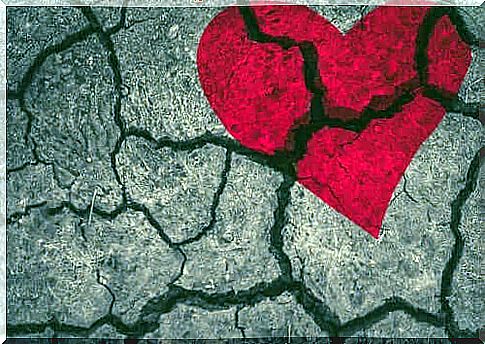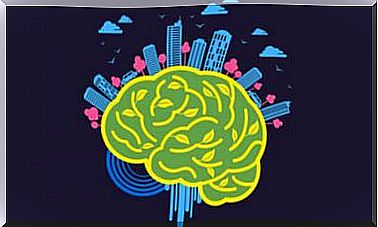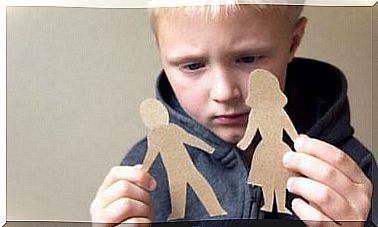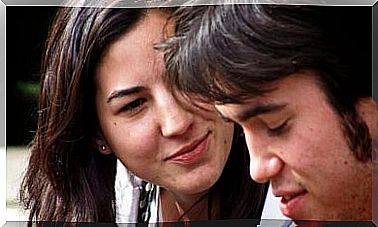Takotsubocardiomyopathy – A Broken Heart

You have probably heard someone say that they have had their heart broken. You may also have recognized yourself in songs about broken souls, or torn hearts. It turns out that this is not just a saying, but there really is something that broke hearts. Takotsubocardiomyopathy is a term for a broken heart.
A broken heart, also known as stress-related cardiomyopathy and takotsubocardiomyopathy, is a heart disease that occurs when a person suffers from emotional or physical stress. It can manifest itself in otherwise healthy people.
Despite the name, the heart does not literally rupture, but the lower part of the left ventricle becomes dilated and has a reduced pumping capacity. This causes a heart disease, even though the rest of the heart continues to function properly.

Takotsubocardiomyopathy: triggers
Although, like all diseases, it can occur due to various circumstances, certain factors can control the manifestation of a broken heart:
- It affects more women than men. In other words, women have a higher risk of developing this condition.
- People over the age of 50 are at greater risk of getting it.
- People with neurological disorders are at higher risk of developing this syndrome.
- In the same way, people who are diagnosed with an anxiety disorder are more likely to have it.
However, a broken heart can also occur without any of the above circumstances.
Symptoms of a broken heart
According to various scientific studies, the symptoms that accompany takotsubocardiomyopathy are quite similar to those that occur in a heart attack. Some of them are:
- Difficulty breathing
- Chest pain
- Hypotension
- Palpitations and arrhythmia
It is very important that you seek medical attention if you show any or all of the above symptoms. You also need to pay close attention to all of these symptoms as it can lead to death if not treated properly. This is precisely why it is very important to contact qualified staff who can treat and assess your symptoms.
Why does takotsubocardiomyopathy occur?
It cannot be concluded that there is a specific origin for all cases. But as we state above, all types of intense stressful situations, both emotional and physical, can damage the cardiovascular system.
Some of the most common triggers are:
- The passing of a loved one
- Serious conflicts
- Traffic accidents
- Violence
- Work-related stress
- Tragic news
- Asthma attack
- Epilepsy
To treat a broken heart
According to several studies, there is no specific treatment for tachotic subocardiomyopathy. What is done in many cases, at the pharmacological level, is to use medicines that were originally intended for anxiety disorders.
For this reason, in some cases the patient must first recover, and then undergo physical and mental exercises such as therapy or meditation. This is done to put the body in a state of recovery and rehabilitation.

The lovers of Teruel – a case of takotsubocardiomyopathy
There are many legends that throughout history have told of people who died of a broken heart because they could not survive the perceived impossibility of having a happy ending. A good example of this is the legend of the lovers from Teruel.
Some say that this story has really happened, or at least something similar. Note that several historical testimonies support the presence of the main characters in the story, Isabel de Segura and Diego de Marcilla.
The story goes that Diego died of love for Isabel, and this from a medical point of view could mean that he suffered from takotsubocardiomyopathy. According to the story, he died because of his love, or rather as a result of a strong emotional impact of a love he could not get.
From today’s point of view, perhaps it is the premise of romantic legends that has died instead. As we state above, today the condition can be treated and those who are affected by it can eventually return to their everyday lives.









